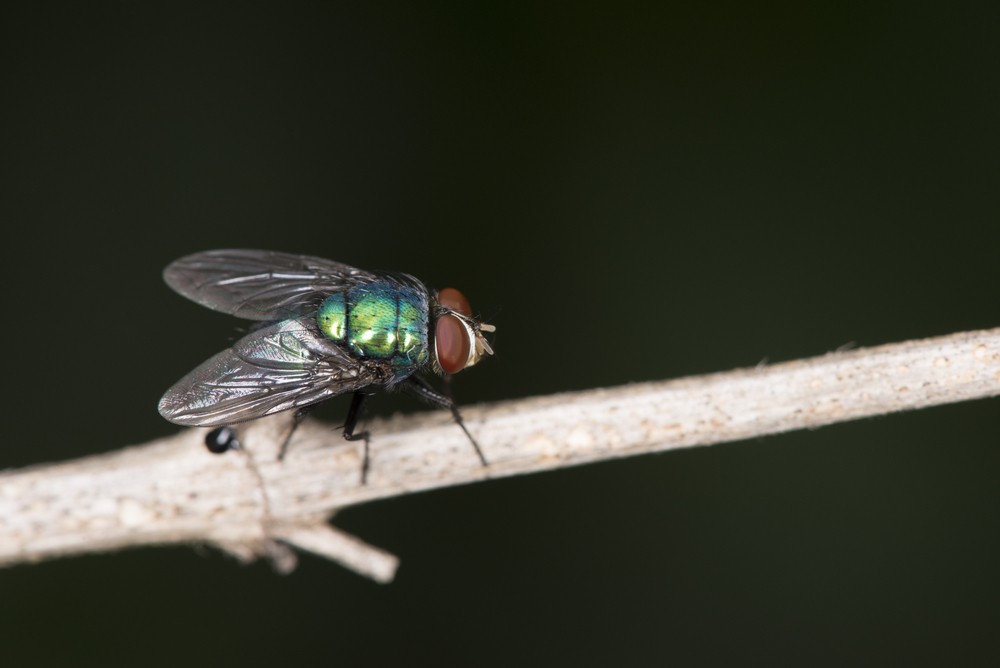Category: Flies
Cluster Fly
Pollenia

Details
Size
Length: <1/8"
Width: <1/8"
Color Green / Gray
DIVERSITY Sole Species
Summary
Call PermaTreat at 866-737-6287 to exterminate your cluster fly infestation.
The cluster fly is slightly larger than the common house fly. There are no distinct lines or stripes behind the head, and the abdomen has irregular light and dark gray areas.
Habitat
Adult flies of the last generation of the year become numerous during the latter days of September to mid-October. As cold weather progresses, adults seek protected places to spend the winter. In many cases, this is within walls, attics, storage rooms, and basements of houses. Screens offer no protection since these flies prefer to crawl in through small openings elsewhere around the building. For this reason they are extremely difficult to keep out of houses. Isolated houses in the country are especially prone to invasion, since they offer the only warm shelter for miles around.
Life Cycle
The female lays eggs in the soil near the burrows of earthworms. The tiny maggots that hatch from the eggs seek out earthworms to feed upon. The maggots of cluster flies have never been reared on any other food but living earthworms. When full grown, the parasitic maggot leaves the body of the host and enters the soil. There are about four generations a year.
Damage
Cluster flies are parasitic on certain earthworms.
Control
Complete control of cluster flies is almost impossible since the overwintering adults are concealed in walls, attics, etc. When possible, cover the louver to the attic with screen, and use a caulking compound to seal openings to the outside. Adults are sluggish enough in the winter to be picked up with a vacuum cleaner.
It is probably not practical to attempt to control the host of cluster flies — earthworms in the ground around the house. Earthworms are important to soil, and cluster flies would simply come from surrounding areas. Chemical control should be concentrated in the home where the adults hibernate. Adults that buzz about the house can be killed with an aerosol spray.
Prevention
Prevention of cluster fly infestations is very difficult, but certainly warrants a try. Timing is the most important factor. Applying a synthetic pyrethroid to the outside of the structure with an electric fogging machine will help treat all entry sites. Application should be made in the first two weeks of August. When using strips or spray, it may be more effective to concentrate the chemical on the sunny side of the house. These walls are warmer and generally attract more flies.

Causes Property
Damage

Inhabit Nearby
Foliage



































































